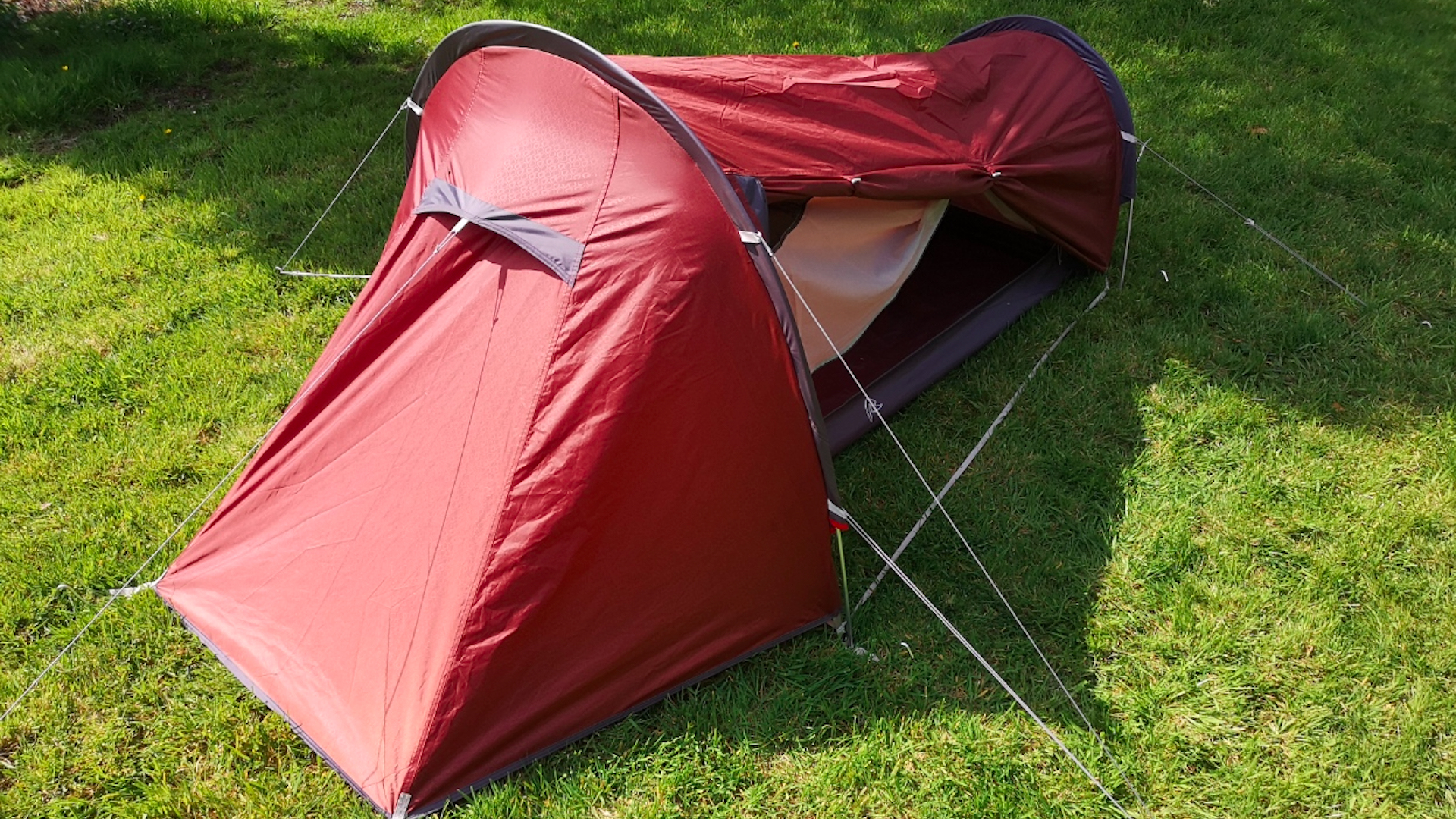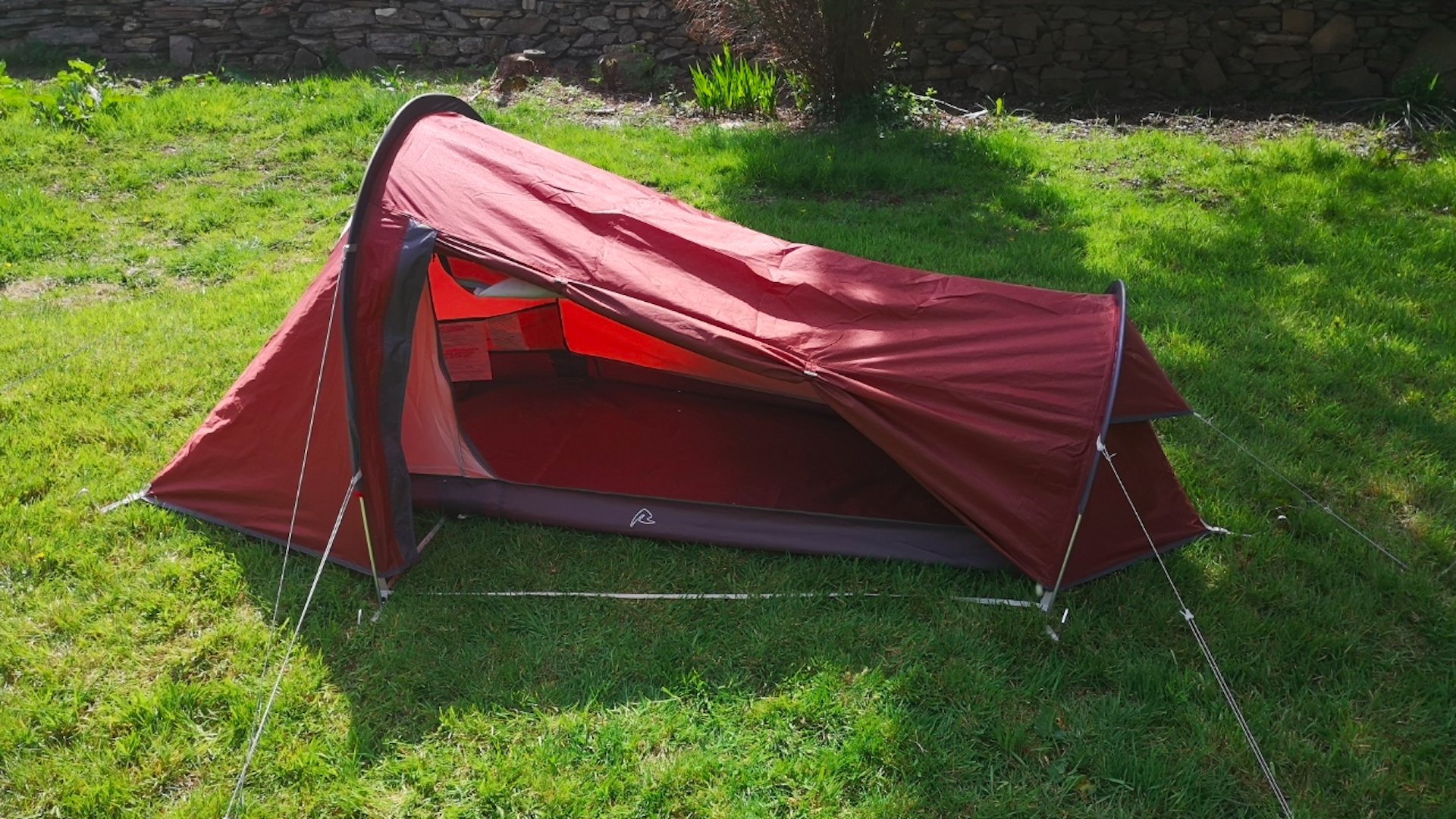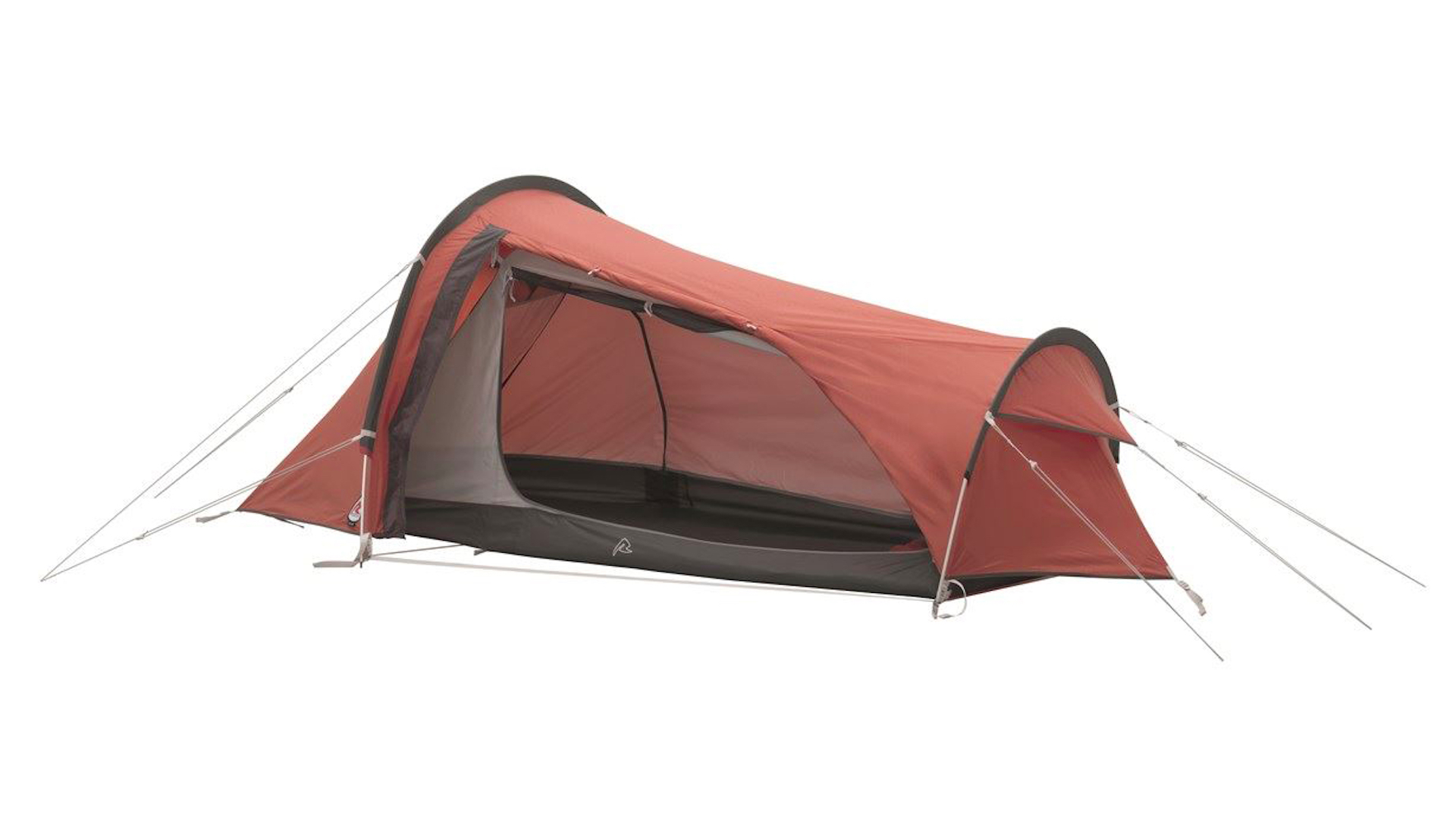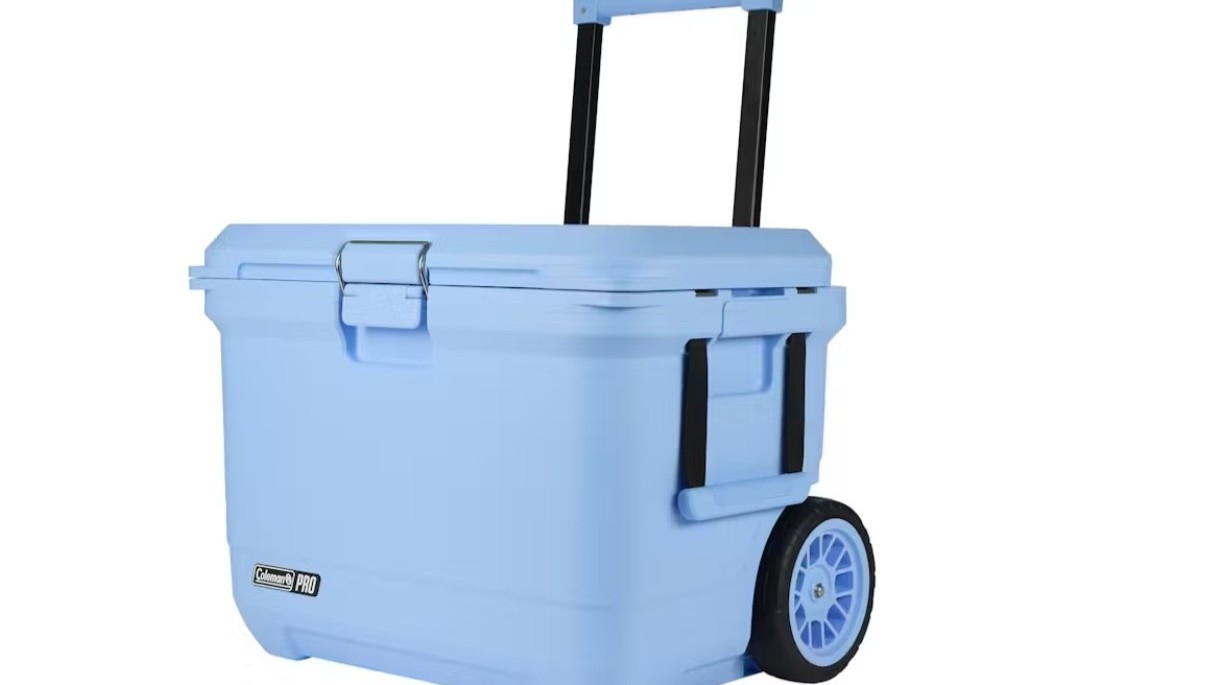Advnture Verdict
With a competitive price tag and a small pack size, this robust and stable tent is ideal for backpackers who need to be careful with money. Admittedly, there are lighter solo shelters around, and there are porch space and headroom issues, but the Arrow Head still has plenty to recommend it.
Pros
- +
Competitively priced
- +
Can be pitched outer first or all-in-one
- +
Compact packed size
Cons
- -
Not the lightest
- -
Limited headroom
- -
Small porch/vestibule
You can trust Advnture
Robens Arrow Head: first impressions
The Robens Arrow Head is a side-entry, double-wall, one-person tunnel tent from Robens’ Route range, which the brand describes as its series of “entry-level technical tents”. As that description suggests, it is a value-oriented tent, with a very competitive price point.
However, it is well made too, with a robust 75-denier polyester fly sheet and a high-quality aluminum pole set. It pitches outer first or all-in-one (see also: how to pitch a tent), and the fly could even be utilized as a standalone single-skin shelter, so it is also a versatile option. This setup is particularly good for extended camping in wet weather.

The packed size is good, but overall this tent is fractionally on the heavy side, especially compared to alternatives we testes for our best one-person tents buying guide. On the other hand, the Arrow Head is a far more affordable tent than many premium ultralight offerings, and at under 2kg it is still a viable option for backpackers on a budget.
The bottom line is, if you want to save grams, you’ll have to spend a bit more. Fortunately, this tent still stows easily in a backpacking rucksack.
• RRP: £141 (UK) / €160.95 (EU)
• Sleeps: 1
• Weight: 1.8kg / 3lb 15oz
• Packed size: 38cm x 15cm / 15in x 6in
• Length: 270cm / 106in
• Compatibility: Three-season backpacking
Robens Arrow Head: in the field
The Arrow Head is easy to pitch, aided by fixed end pole sleeves – just be sure to thread the poles through the right way! The low-profile design sheds wind well, although as a tunnel tent it is not freestanding, so it requires secure peg placement. Once properly set up it is very stable, though. Multiple guy lines are sensibly placed to deal with shifting wind direction. The fly sheet also provides excellent all-round coverage, ensuring this feels like a cosy and protective shelter. It has a waterproof rating of 3,000mm Hydrostatic Head, which makes this tent more than suitable for three-season conditions.
Inside, length is excellent and width is reasonable. Unfortunately, headroom is limited, despite the use of pre-bent poles to try to increase the internal volume. Taller campers won’t be able to sit upright. The porch or vestibule area is also fairly small – there’s space for a pair of boots and a small rucksack, but not much else. Fortunately, you get a large, easy-access doorway, so it doesn’t feel too cramped, claustrophobic or coffin-like. The entrance also offers broad views of your surroundings, which is always a bonus for wild campers who like to pitch up in scenic locations.

The inner is mostly of fabric, which makes this tent far less draughty than some. On the other hand, it can lead to a little condensation in humid conditions – though this is mitigated by vents at either end, which do improve overall airflow. The vent at the head end also has a collapsible strut to further aid the free-flowing movement of air. There’s a large and useful mesh storage pocket at the head end of the tent, along with two hanging tabs for a gear line or tent lantern.
All in all, it’s a pleasant and practical shelter to use in the great outdoors, and our quibbles with the overall weight, limited headroom and fairly small porch are hardly deal breakers. It’s still perfectly liveable, whilst also being robust, stable, versatile and extremely well-priced.
An outdoors writer and editor, Matt Jones has been testing kit in the field for nearly a decade. Having worked for both the Ramblers and the Scouts, he knows one or two things about walking and camping, and loves all things adventure, particularly long-distance backpacking, wild camping and climbing mountains – especially in Wales. He’s based in Snowdonia and last year thru-hiked the Cambrian Way, which runs for 298 miles from Cardiff to Conwy, with a total ascent of 73,700 feet – that’s nearly 2½ times the height of Everest. Follow Matt on Instagram and Twitter.


